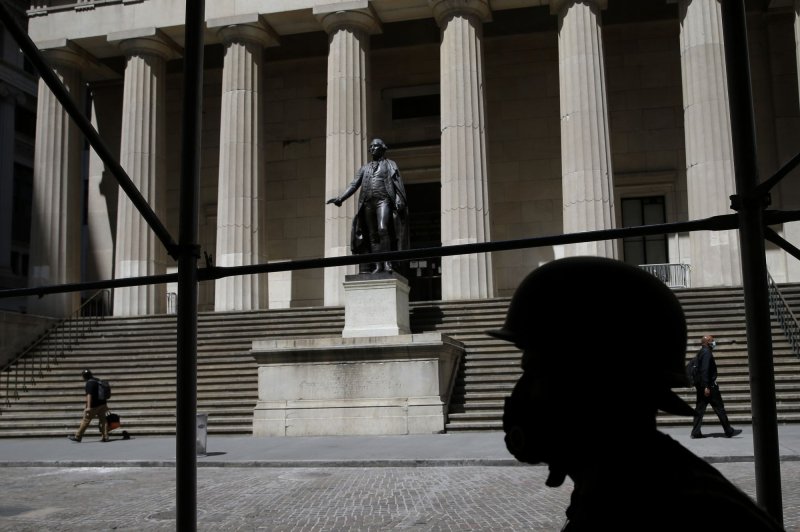Proud Boys briefly rally in Portland; counter-protesters gather elsewhere

Hundreds of people gather at Peninsula Park Saturday afternoon in Portland at a counter-demonstration to a Proud Boy rally the same day. Image courtesy of KGW/Twitter
Sept. 26 (UPI) -- An estimated collective 2,000 people turned out for demonstrations in Portland Saturday afternoon, with 500 of those turning out for a Proud Boy rally that had promised to draw thousands more.
Three people were cited on weapons violations but otherwise law enforcement and journalists on the scene reported an uneventful end to the demonstrations by early evening.
A permit application from the far-right Proud Boys for a rally this week had promised to draw a crowd of 20,000, but instead just a few hundred turned out for a rally which was billed as retribution for the death of Aaron J. Danielson, who was killed last month in downtown Portland by a self-identified anti-fascist following a pro-Trump caravan through the area.
The suspect in Danielson's death was killed by federal marshals in early September, the same evening an interview aired in which he confessed.
Officials and activists feared the group's presence would escalate civil unrest in the city, which has seen sustained protest activity since the death of George Floyd at the end of May, and Gov. Kate Brown declared a state of emergency in advance of the event, deputizing Oregon State Police to patrol the event and a counter-demonstration scheduled for the same day.
Two counter-demonstrations took place Saturday: one at a historical marker elsewhere in Delta Park, and a second at a different park about three miles away. Each of those events drew hundreds of participants.
Law enforcement said their goal was to keep the two protest groups apart.
The Proud Boy rally dispersed around 1:30 p.m. and by 6 p.m. police had not reported violence in connection with the demonstrations.













